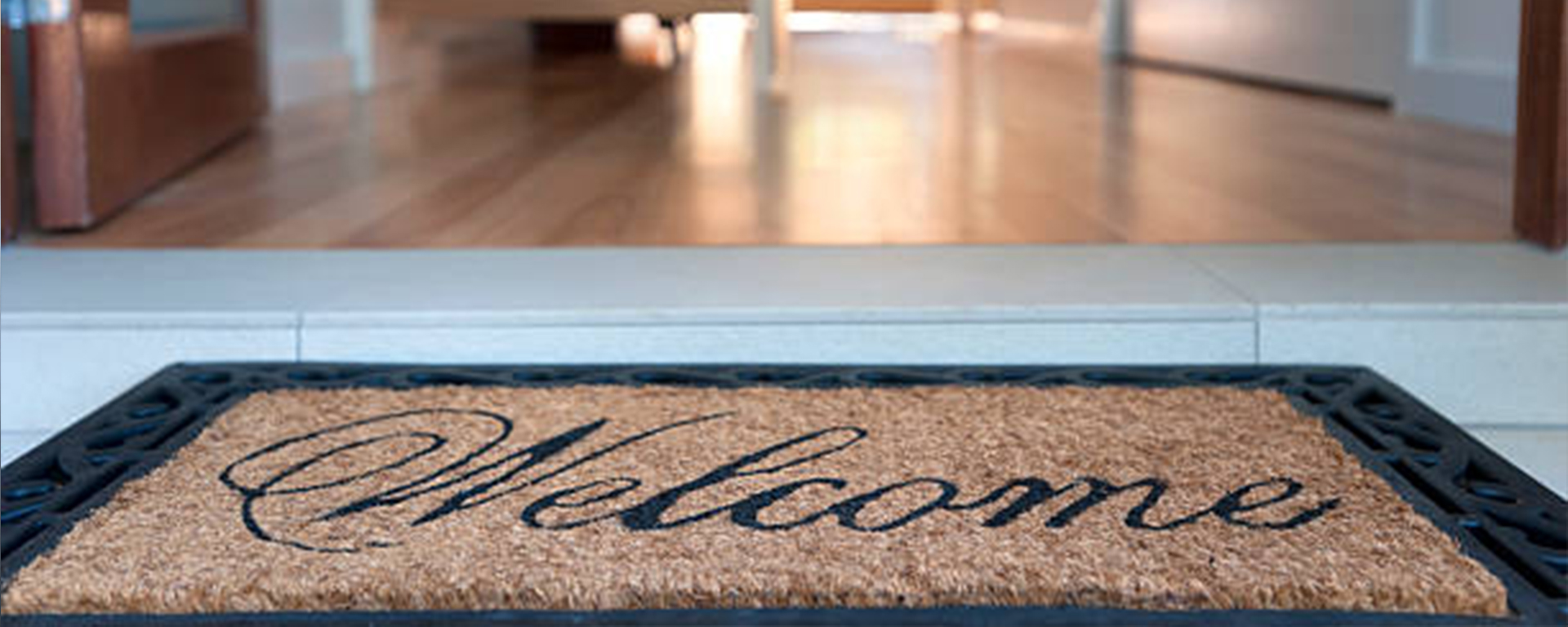
The COVID-19 pandemic certainly turned Canada’s housing market on its head. Many had anticipated a significant crash in the early days of the coronavirus public health crisis, but the opposite transpired, with a big change in consumer buying and selling patterns. Many Canadian homeowners experienced enormous equity gains on their residential properties and with remote work taking hold, they chose to sell and move elsewhere, in search of a bigger place, or a quieter way of life. What resulted in a massive demand for homes, coupled with a shortage of listings, created strong seller’s market conditions. With buying a home becoming a challenge, many homeowners decide to play it safe, with a plan to buy a house before selling one. But how do you buy a house before selling one first?
Here are three tips to buy a home while selling your own:
After making the biggest purchasing decision of your lifetime, you are now poised to complete the second-largest purchasing decision of your lifetime.
As you may have done the first time around, do your research and due diligence before making the giant leap from one home to another.
Your first point of contact is your real estate agent. This industry professional will explain and break down everything you need to know about transitioning to your next property.
Here are some things that your real estate agent will discuss:
#2 Timeline
The timing can be the most challenging part of the simultaneous buying-and-selling process, with many different steps.
So, what should you look at exactly?
In addition, it is critical to remember that you should also negotiate the timeline with buyers or sellers so that you have a decent amount of time for everything that needs to be done, rather than rushing the transaction.
Here comes the tricky part: having a down payment on the home you are buying, without having sold your current home.
In many cases, the down payment for your new home comes from the equity you have in your present home.
On closing day, your attorney organizes the financials by paying off the mortgage of your old home, along with the realtor’s and other disbursements. Simultaneously, the remaining equity or designated portion of it will be sent to the lawyer representing the seller of the home you’re purchasing, along with the remaining funds from the lender. Everyone involved in the transaction is paid, usually on the same day, and the deal “closes.”
Here is an example:
Surprisingly, despite crossing a lot of Ts and dotting a lot of Is, all of this is usually completed on the same day. This means that you do not need to embark upon leasebacks or temporary rent. In addition, even if the dates do not align, the financial institution can extend you a short-term “bridge loan” at a high interest rate. This is a valuable tool if the deal on the home you are selling closes after the deal on the home you are purchasing.
Of course, you could consider renting if you do not want to rush things but still want to sell near the top of the market. Some purport that you could sell your property, temporarily rent an apartment, and put your stuff in storage. This could be a workable solution since finding a second home that suits your needs in a hot market can be challenging.
Evidently, the Canadian real estate market is shifting from the strong seller’s market we’ve seen the past few years. Whatever the conditions may be, buying and selling a home at the same time can be difficult, particularly when buyers are competing for record-low supply and sellers are hoping to get top-dollar for their homes.
In the end, if Canada’s red-hot housing sector is cooling off by higher interest rates and a slowing economy, this might be the best time to buy and sell simultaneously.